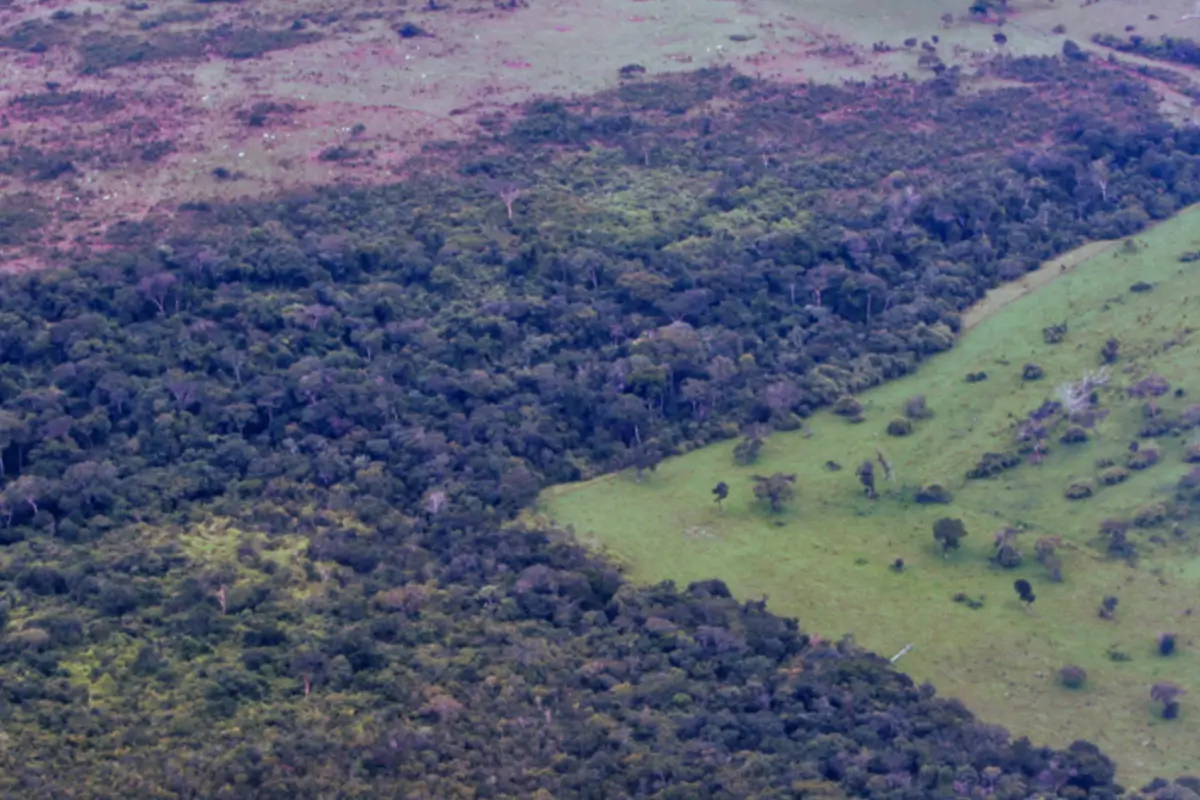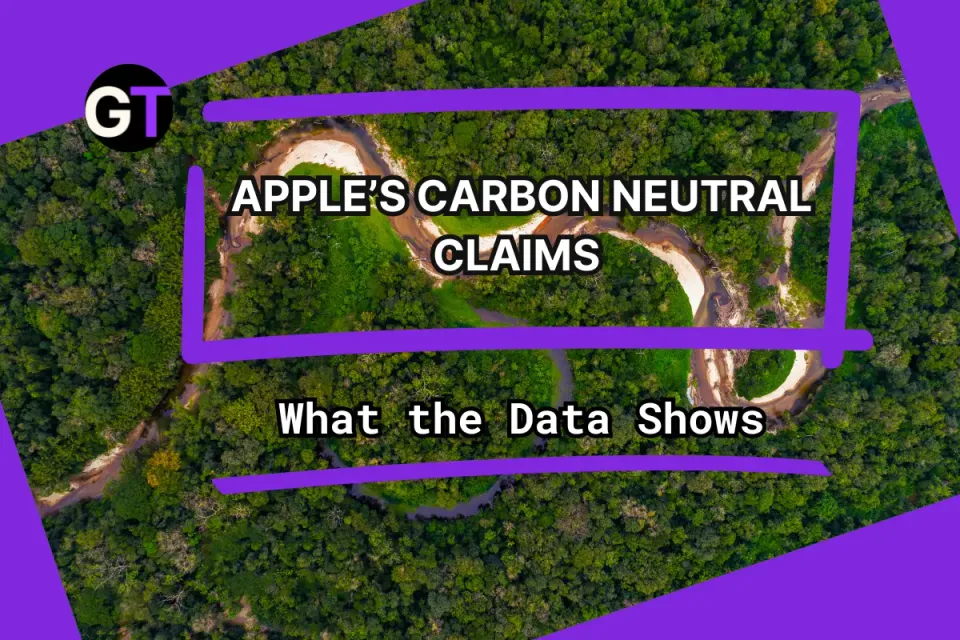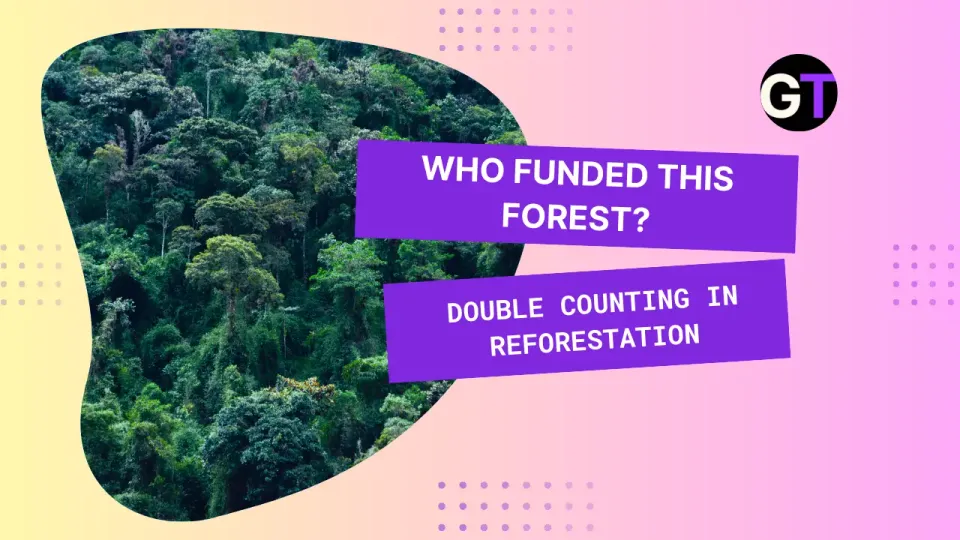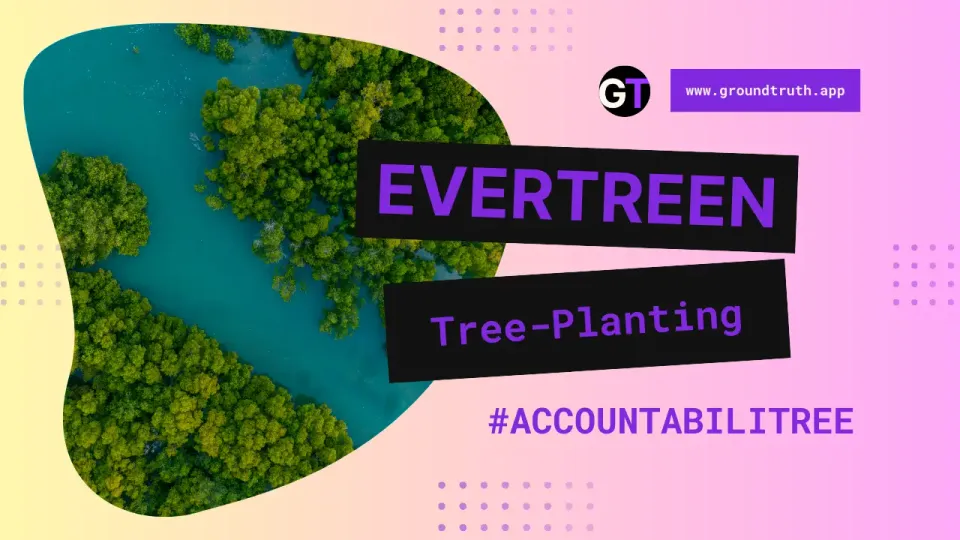Study: Degradation Alters Forests' Trees and Carbon Storage
Study: Forest degradation favors fast-growing, soft-wood trees, reducing carbon storage and harming biodiversity in the Amazon and beyond.

This article by Peter Speetjens originally appeared in Mongabay.
- n highly deforested landscapes and degraded forests, large-seeded big trees are losing out to opportunistic, fast-growing species, a recent study has found.
- Having examined 1,207 tree species across 271 forest plots in six Brazilian regions in the Amazon Rainforest and Atlantic Forest, the study shows that tree species normally dominating landscapes with a high forest cover seem to be in decline.
- The researchers suggest this is because the relatively large wildlife needed to disperse large seeds disappear early on from human-modified landscapes, allowing trees with smaller seeds, and thus smaller dispersers like birds, to dominate the forestscape.
- As forests become increasingly degraded, they lose their functional characteristics, as soft-wood, fast-growing trees have less ability to store carbon, are less resistant to fire and drought, and generally die younger.
As forests continue to be cleared and forested landscapes degraded by human activity, their loss can significantly affect the trees left standing, potentially changing the structure of forests, a recent studyhas found. In this case, faster-growing trees, with softer wood, tend to prevail over denser species with a higher carbon-storage capacity.
In 2023, about 3.7 million hectares (8.14 million acres) of primary tropical forest were lost, according to the World Resources Institute. Although forest loss was 9% lower compared to 2022, that’s still an area nearly the size of Switzerland — the equivalent of losing almost 10 football fields of tropical primary forest per minute. Despite a 2024 decrease in deforestation in the Amazon Basin, the tropics continue to lose forest cover at an alarming rate.
“It is well known and widely accepted that forest loss threatens biodiversity worldwide, yet the effect of landscape fragmentation is much less [known],” study lead author Bruno Pinho, a researcher at Switzerland’s University of Bern, told Mongabay in a video call.

“Research so far has mostly centered on changes in the number of species, without considering the traits that make them winners or losers. In our research we looked at the functional composition of forests, and disentangled the causal effects of forest loss, fragmentation and local degradation, three interrelated processes in human-modified landscapes.” The study, published in Nature Ecology & Evolution, analyzed 1,207 tree species across 271 forest plots in six Brazilian regions, ranging from the Amazon Rainforest to the Atlantic Forest, all containing significantly degraded landscapes.
“We found that many species are not responsive to changes in terms of forest loss or fragmentation,” Pinho said. “However, the tree species normally dominating landscapes with a high forest cover, which tend to have dense wood and large seeds that are primarily dispersed by medium to large-sized animals, seem to be in decline due to forest loss, landscape modification and human disturbances, such as fires, hunting and logging at a local scale.” According to Pinho, in highly deforested landscapes and degraded forests, those trees lose out to opportunistic, fast-growing species with softer wood. The latter prevail as their seeds are smaller and can thus be ingested and spread by small birds and bats, which adapt more easily to environmental disturbances than larger animals, whose populations tend to decline in human-modified landscapes.
“As large to medium-sized vertebrates are affected by forest loss, fragmentation and hunting, they help explain why large-seeded trees such as the Brazil nut [Bertholletia excelsa] are suffering in human-modified forests,” Pinho said.
The agouti (Dasyprocta leporina), a large rodent native to Central and South America, is one of the species that plays a key role in dispersing large tree sends, and one of the few animals that can open the tough shell of the Brazil nut tree.
The agouti will gnaw the shell, eat some of the large seeds and store the rest. However, it doesn’t get back to all of the buried seeds, and after 12 to 18 months of germination, these might sprout into the beginnings of a new Brazil nut tree, a species that can grow to a height of 50 meters (164 feet).
However, the rather shy agouti needs wide forest cover to thrive.
Across its range in South America, the Brazil nut tree is listed as a vulnerable species on the IUCN Red List; in Brazil, it’s listed as threatened by Brazil’s Ministry of Environment and Climate Change, with deforestation the main driver of its loss.
Brazil’s Forest Code requires rural landowners in the Amazon region to maintain 35-80% of the natural vegetation on their properties, what’s known as the legal reserve. But landowners often fail to comply, said Jos Barlow, professor of conservation science at Lancaster University, U.K., and a co-author of the study; even if they do, the remaining forests on their lands are often of poor quality.
“Paragominas, south of Belém, was one of the six regions we studied,” Barlow told Mongabay. “It is characterized by severe degradation. Although many landowners may meet their requirements in terms of forest cover, these forests have almost all had their valuable timber species removed, and many have been burnt. They are in bad shape. In other words, just having a forest doesn’t mean it’s a forest of great quality.”
Pinho said the problem isn’t just about losing a few tree species, but shifting some of the forest’s critical qualities. For example, fast-growing trees with soft wood lose their capacity to store carbon, are less resistant to fire and drought, and generally die younger. Previous research has indicated that the Amazon Rainforest absorbed 30% less carbon in the 2000s compared to the 1990s.
“We urgently need action,” Barlow said. “In heavily degraded areas we need additional measures to increase forest cover and improve the quality of the forest, for example, by controlling logging and fires. And, as some of the big trees need seed dispersal communities to reproduce, we need additional measures to protect the fauna.” “What our research shows is that remaining tropical forests, protected or not, are losing all-important traits as a result of landscape fragmentation,” Pinho said. “Pockets of forests cannot be seen separate from the surrounding landscapes and changes therein, which raises important questions in terms of protection and preservation.”
Citations:
Pinho, B. X., Melo, F. P., Ter Braak, C. J., Bauman, D., Maréchaux, I., Tabarelli, M., … Barlow, J. (2024). Winner–loser plant trait replacements in human-modified tropical forests. Nature Ecology & Evolution. doi:10.1038/s41559-024-02592-5
Jones, K. R., Lall, K. R., & Garcia, G. W. (2019). Omnivorous behaviour of the agouti (Dasyprocta leporina): A Neotropical rodent with the potential for domestication. Scientifica, 2019, 1-5. doi:10.1155/2019/3759783
Brienen, R. J. W., Phillips, O. L., Feldpausch, T. R., Gloor, E., Baker, T. R., Lloyd, J., … Zagt, R. J. (2015). Long-term decline of the Amazon carbon sink. Nature, 519(7543), 344-348. doi:10.1038/nature14283
License
Speetjens, P. (2025, January 22). Study shows degradation changes a forest’s tree profile and its carbon storage. Mongabay. Republished under a Creative Commons Attribution-NoDerivatives 4.0 International License (CC BY-ND 4.0).




